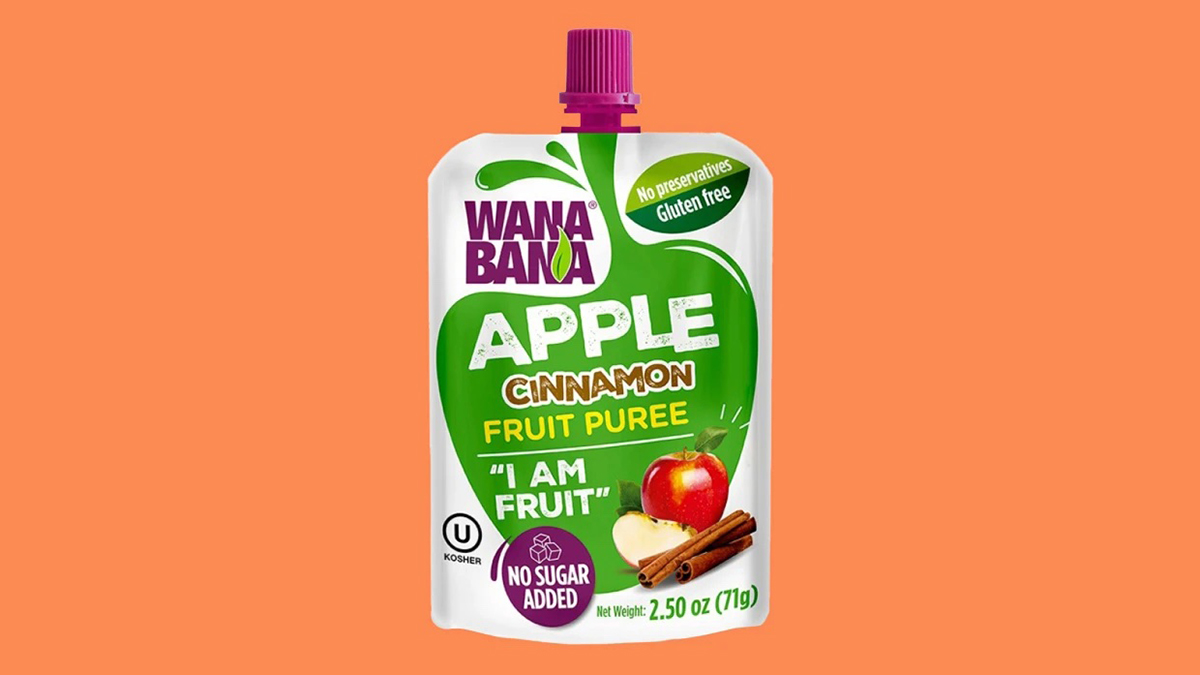WASHINGTON -- Until more testing can be done, Army medics are being told to stop using a new product just sent to the war front to help control bleeding among wounded troops.
Officials were in the process of distributing some 17,000 packets of WoundStat, granules that are poured into wounds when special bandages, tourniquets or other efforts won't work. But a recent study showed that, if used directly on injured blood vessels, the granules may lead to harmful blood clots, officials said Tuesday.
The Army Medical Command will continue its research and work with the manufacturer in hopes of figuring out in the next few months whether to resume use of WoundStat, said Col. Paul Cordts, head of Army health policy and services.
WoundStat manufacturer TraumaCure, Inc., of Bethesda, Md., had no immediate comment.
The product, which was developed at Virginia Commonwealth University, had been approved by the U.S. Food and Drug Administration. It was one of the latest in a series of Army efforts to improve survival rates on the battlefield.
Today, 90 percent of injured troops survive their wounds, the highest rate of any war, Cordts said in an interview. He credited better training of combat medics, better body armor the troops wear and better tactics they use on the battlefield, as well improved bandages, tourniquets and so on.
Defense Department figures show that as of this month, more than 4,800 troops have been killed in Iraq and the global war on terror. The latter category counts casualties mostly from Afghanistan. Some 34,000 troops have been wounded in the wars, where insurgents have made wide use of roadside bombs and other explosives.
Health
Excessive blood loss is the number one killer on the battlefield, and the Army announced in October that it was sending two potential lifesavers -- the WoundStat packets and a bandage called Combat Gauze -- to replace older other products that had been in use at the time.
A committee of Army medics, Navy corpsmen, surgeons and others recommended the Combat Gauze bandage -- which has an agent that triggers blood clotting -- should be the first-line treatment for life-threatening hemorrhaging in cases where a tourniquet could not be placed, such as the armpit or groin area.
The WoundStat granules were to be used if the bandage failed to work.
Cordts said the Army put out a message on Dec. 18, directing the temporary halt in use of WoundStat. Though it has arrived at the war zones, officials are unclear on how widely it has been distributed so far. They're working to identify any soldiers who got the treatment, study their cases and examine them for any problems with blood clotting, Cordts said.
He said he didn't know whether it had been used on any soldiers and thus had no reports back from the field -- positive or negative -- on how effective it might have been.
Cordts said that after an additional few months of study, officials will likely determine whether they should discontinue its use altogether or perhaps redistribute it with warnings for how it is to be used.
More Information:



